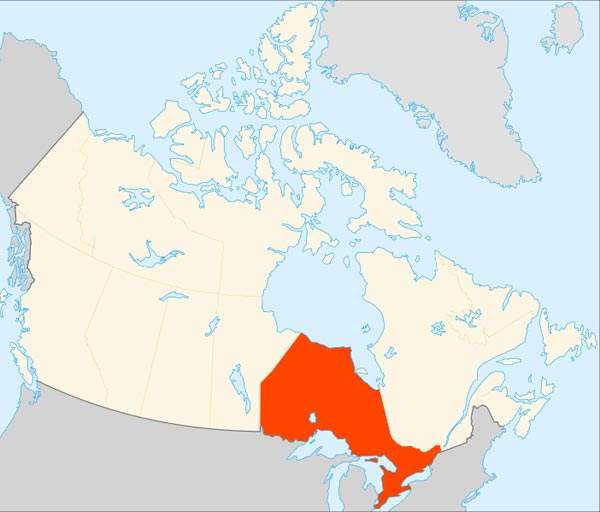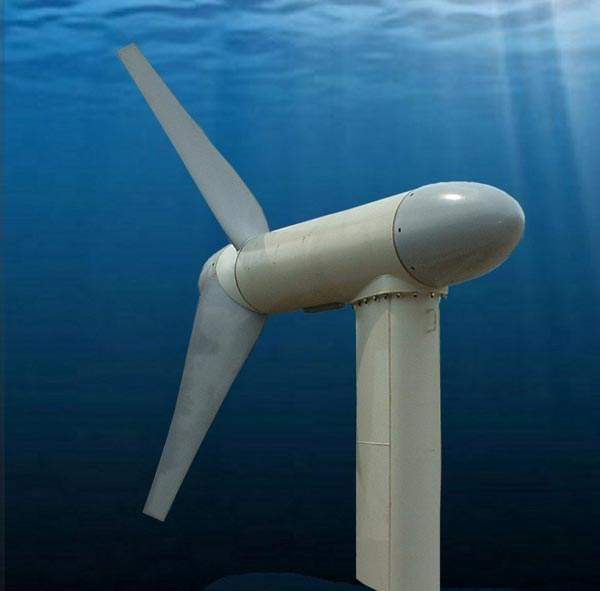The Cornwall Ontario River Energy (CORE) project is being developed in the St. Lawrence River in Ontario, Canada. It is a five-year project being built and operated by the US company Verdant Power. The project is expected to produce 15MW of clean and renewable energy, which is enough to light 11,000 households in Canada.
The CORE project was started in 2007 and is expected to be operational by 2013.
Investments made towards the CORE project
The investment to be made in the CORE project is estimated to be C$4.5m ($4.43m).
Ontario Ministry of Research and Innovation invested C$2.2m ($2.17m) in April 2008 under the Innovation Demonstration Fund to endorse the CORE project.
Sustainable Development Technology Canada (SDTC) funded C$1.1m ($1.08m). The remaining funds are provided by the Ontario Power Authority (OPA) through its Technology Development Fund.
Phased development of the Cornwall Ontario River Energy project
The development of the CORE project began in 2007, in two phases. The first phase included the pilot installation of Verdant Power’s dummy turbines in a continuous flow river setting. The demonstration of dummy turbines and retrieval systems began in October 2008.
The first phase was carried out between 2007 and 2010. It also involved testing of connections between two operational pre-commercial turbines and the local grid network.
The second phase is currently being carried out and involves the installation of commercial turbines to achieve designed capacity. It also includes commercial delivery of power to the local grid network. It is expected to be carried out between 2010 and 2013.
Verdant is planning to install small arrays of four to five 60-80kW induction generators which comprise of five metre-diameter turbines spread over a seven-hectare area generating approximately 400MWh a year.
Gen5 turbines and Verdant Power’s kinetic hydropower system
The project includes the installation of 90kW Gen5 turbines in the river. The turbines will be connected to the underwater cables, which, in turn, link to a switchgear vault. The switchgear will be connected to a control room located on the north shore.
Verdant will initially install two turbines for demonstration and the remaining will follow.
The CORE project includes Verdant’s Free Flow Kinetic Hydropower System (KHPS), comprising of horizontal axis turbines with a three-bladed rotor.
The KHPS is anchored to riverbeds to transform kinetic energy generated from the water flowing currents into electrical power. The simple and scalable power system installed underwater moves along with the natural flow of water.
The turbine blades rotate slowly at the constant speed of 32rpm, driving speed a accelerator which, in turn, boosts a grid connected three-phase induction generator. The slow rotation of the turbine blades allows the fish to pass through safely with less environmental effects.
The generator is enfolded in a waterproof aerodynamic nacelle. The nacelle is fitted on a streamlined pylon and also has the gearbox. The turbines are built with stainless steel and strengthened plastic. They are coated with anti-corrosion materials to achieve high performance anti-corrosion coatings.
The system will be invisible from the shore and operates automatically without producing any noise. Its simple and modular design will make the project cost-effective without the requirement of any dams or other infrastructure.
KHPS is flexible to be installed in any projects of any size in villages, cities or deep sea operation at remote ocean sites. The system can be directly incorporated in populated areas, thereby avoiding the necessity of transmission lines. It can be installed in water purification systems to minimise the operational cost and maximise energy efficiency.
Potential for tidal power generation from rivers, tides and channels in Ontario
The power generation capacity from the Ontario through kinetic energy is estimated at 300MW to 400MW. Canadian rivers, ocean tides and man-made channels such as canals and aqueducts are also conceived as potential resources of generating electricity up to 15,000MW.
The East and Niagara Rivers are additional sources of kinetic hydropower. The installation of the KHPS in these rivers will reduce cost and green gas emissions while providing clean renewable electricity.






